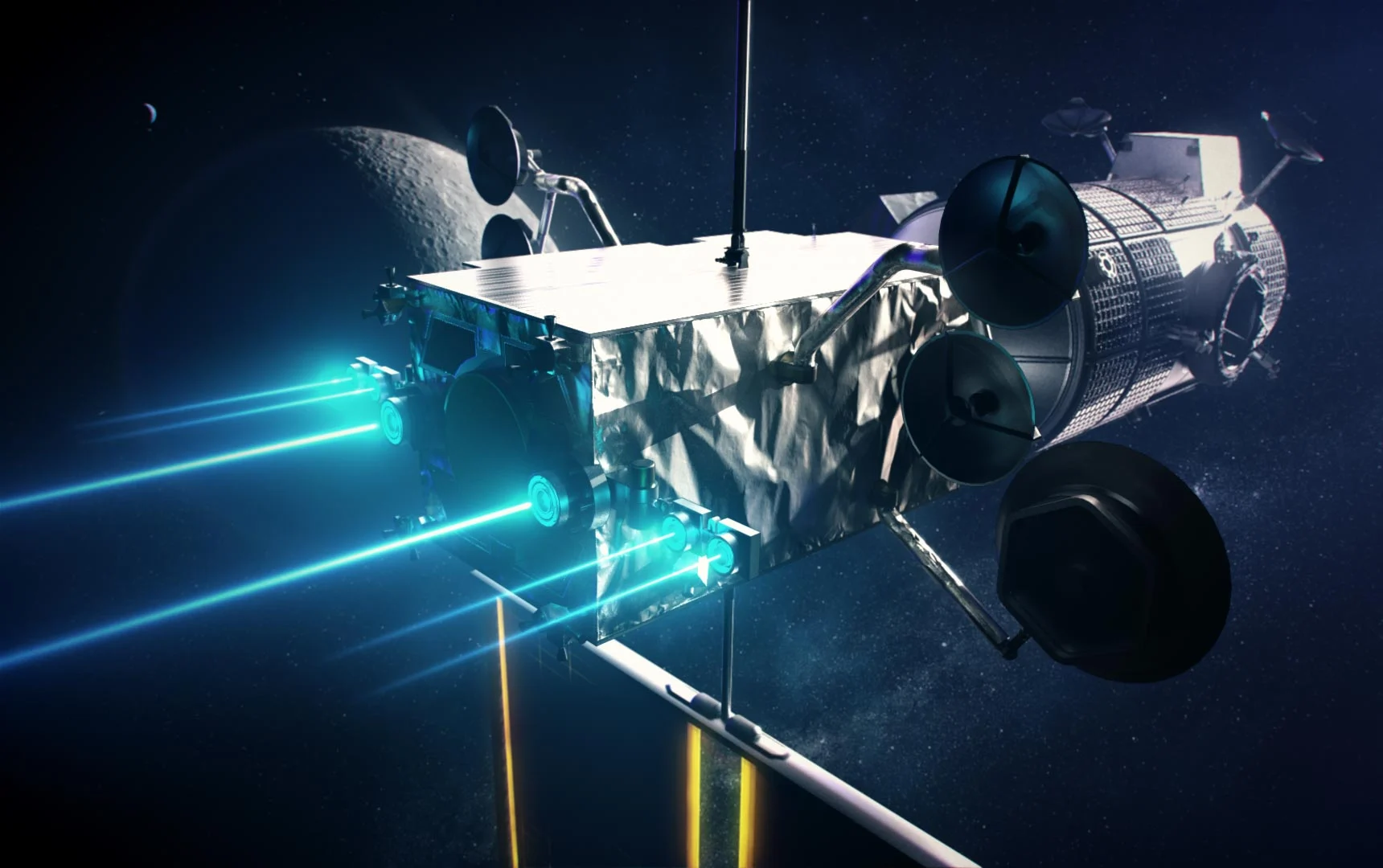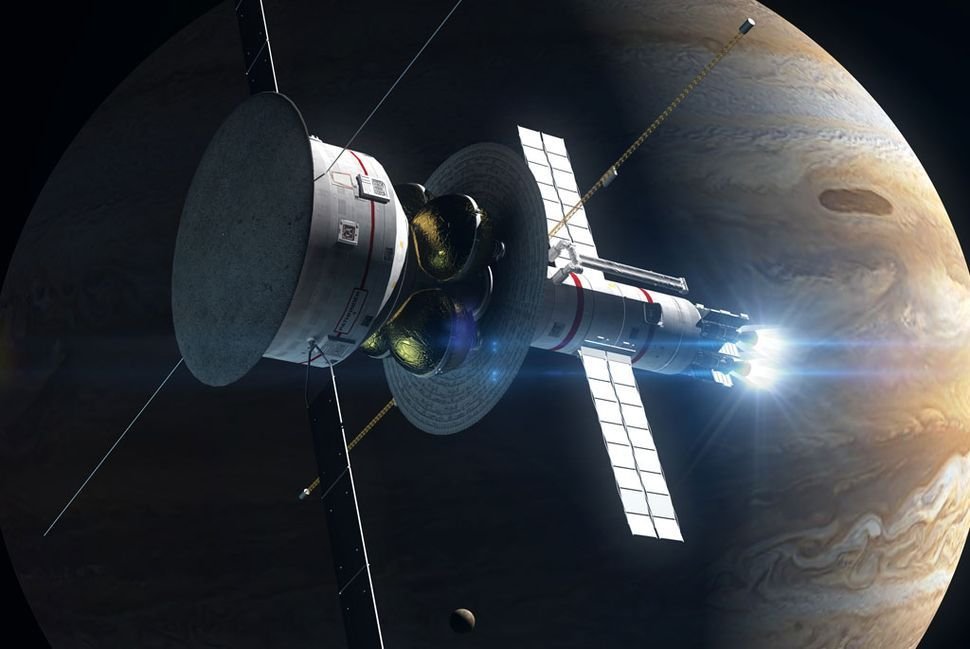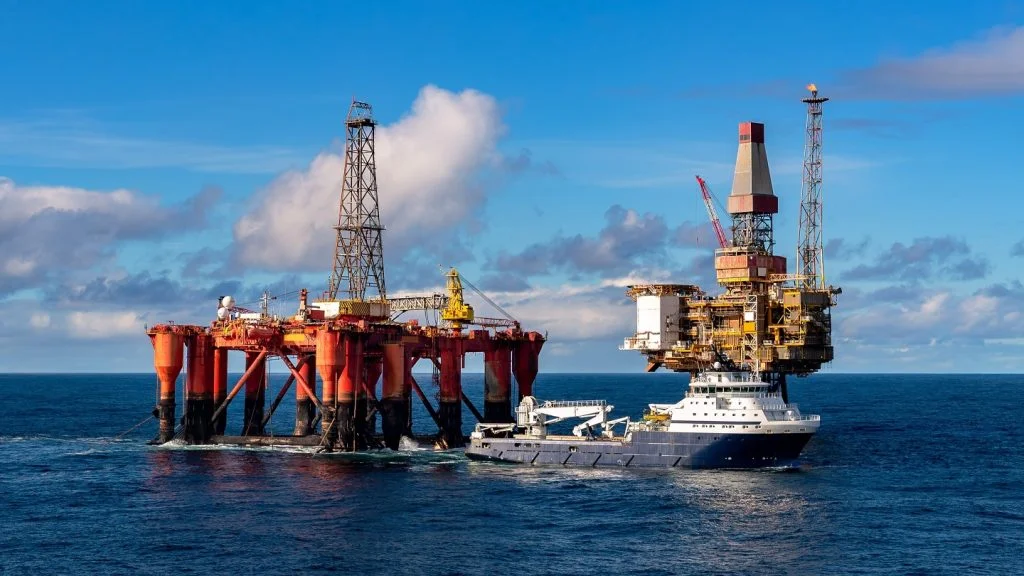
Introduction
What is this Exodus Propulsion Technology?
Exodus propulsion technologies on the other hand deals with systems used for space travel that are more efficient, faster and eco-friendly than rockets. These technologies are of great importance for a long duration mission and interplanetary as well as even interstellar travels.
Website URL:https://techtrending.co.uk
Why this is Relevant for the Future?
Exodus propulsion systems deserve a substantial emphasis due to their promising future in ISST. They are expected to be even more efficient that the current known propulsion systems like the chemical rocket and therefore what it will bring, it will enable man to travel to far away planets, study other outer planets and even beyond the systems of the solar kind.
Understanding Propulsion Basics
The Changing Trends of Space Power Sources
Early Rocket Propulsion: Converting the Solid Fuel to a Liquid One
Originally, the means by which man attempted to explore space was by the use of rockets that were propelled by solid and liquid fuels. These systems produced thrust through the combustion of fuel, and the expulsion of exhaust gases at high velocities making it possible for initial space explorations.
Innovations in Electric Propulsion Systems
Other than that, electricity driven power is a far much revolution in space technology. The chemical rockets that are commonly used in space travel are different from electric propulsion systems because the latter does not use combustion to generate thrust but instead, electrical energy to ejecting the ions or atoms of the propellant. They here lead to an increased efficiency and also can be used to achieve longer mission times.
Types of Exodus Propulsion Technologies
Nuclear Thermal Propulsion (NTP)
Principles and Mechanisms
NTP or Nuclear Thermal Propulsion means using nuclear reactions or Nuclear heat to convert a fluid, normally hydrogen into hot gas through a nozzle and thus creating thrust. A benefit of this technology is that it can deliver about two and a half times the specific impulse compared to chemical rockets, more importantly it is ideal for the Mars crewed ventures and other interplanetary travels.
Applications in Deep Space Exploration
As for the nuclear thermal propulsion, there are the efforts and actions by NASA and other space agencies to develop this technology for the future space missions. By potentially able to cut down travel time to far-off planets and asteroids it appears to be ideal candidate for space missions.
Solar Sail Propulsion
Harnessing Photon Pressure
The solar sail propulsion system is a method of space travel that uses a large sail to capture light photons’ pressure. Despite the fact that sunlight’s force of attraction is much tiny, constance acceleration in this matter can reach high velocities by space crafts with out the employ of usual propellants.
Advantages and Limitations
A primary advantage of solar sail propulsion is an apparently infinite lifetime after launching if we do not damage the sail. However, efficacy gradually decreases the farther away from the Sun and thus is more useful for outer planets and interstellar travel.
Ion Propulsion
How Ion Engines Work
The ion propulsion engines ionise the propellent atoms and make them move under the influence of electric fields. Consequently, the exhaust velocities obtained paint a very high picture hence more fuel is burnt at greater efficiency and the operational time of the equipment is less cut short by maintenance than chemical propulsion.
Real-world Applications and Missions
Electrostatic ion thrusters have been used in some missions such as NASA’s Dawn mission and SMART-1 by the European Space Agency to the moon. Since it is very energy efficient, the ion engine is used mainly in station keeping around planets, changes in the course of a spaceship, controlling the course when it comes to asteroids or comets.

Challenges and Limitations
Technological Hurdles to Overcome
Efficiency and Power Requirements
Exodus propulsion systems may use some complex tools and materials to get optimal efficiency out of them. Containing fusion and increasing the conversion efficiency of nuclear reactors and making lightweight, very durable thin solar sail are on going difficulties.
Safety and Environmental Concerns
The nuclear propositions must take into consideration aspects of radiation hazards to manned missions. Similarly, the use and positioning of the solar sails have some impacts on the environment and include orbital debris and occurrence of collision.
Regulatory and Policy Challenges
International Cooperation and Space Governance
For the development and deployment of exodus propulsion technologies, global directives for the use of such systems have to be created to meet safety measures when used in space. Having issues concerning nuclear propelled craft as well as orbits’ waste collected and managed is still important in space travel.
Applications and Future Prospects
Interstellar Travel and Beyond
Feasibility and Challenges
Exodus propulsion technologies are sine qua non for providing a tangible from merely aspiration of interstellar exploration. One of the promising ideas can be mentioned – fusion propulsion and antimatter propulsion that allow colloquizing near light speed travel, but there are a number of technological and theoretical issues that have to be solved.
Visionary Concepts and Projects
Projects like the Breakthrough Starshot, vision the use of light-sailing, tiny space crafts to traverse the cosmic neighborhood in our generation. The kind of projects treated here are at the edge of current day engineering of propulsion systems and challenge the next generations of space explorers.
Commercialization of Exodus Technologies
Private Sector Initiatives
Huge organizations are gradually focusing more on the exodus propulsion systems for satellite releasing, asteroid mining and other space travel related activities. Technological advances such as reusability of rockets and electric propulsion technology are lowering costs and opening up new markets in space.
Economic Implications and Market Trends
The space industry is likely to be globalised much more, due to better propulsion technological techniques and more participation of private companies in the future. There are strong tendencies for sustainable business and utilization of resources off the Earth.
Ethical Considerations
Effect on Lunis and Sustainability
Mitigation Strategies
Including routine functioning of current operational satellites and future ventures, space debris is a real menace. Debris remediation measures such as, de-orbiting schemes and collision avoidance would have to be integrated into the Exodus propulsion systems.
Long-term Environmental Effects
Long-term effects of nuclear-powered space craft and extensive solar sails is subject to effect the space environment in the future. It is crucial to discuss possible ethical issues concerning resource management and the management of space and its bodies to avoid unfavorable consequences and maintain celestial bodies for future utilisation.
Societal Implications and Public Perception
Ethical Debates and Cultural Perspectives
The funding for space exploration and the policies implemented for the propulsion of exodus technologies depend on the public opinion. Several ethical concerns are safety issues; and fair distribution of resources on space, this enhances collaboration among states and society support for the advanced space exploration.
Conclusion:
Hope of Space Exploration Through Exodus Propulsion Technologies
Exodus propulsion technologies are revolutionary because they offer completely new ground for the expansion of space exploration, scientific research of celestial objects and settlement of other planets by humans. With the ongoing advancement in the production of technology and international cooperation, such a dream of space travel now feels even more realistic.
FAQs About Exodus Propulsion Technologies
(1) What is the key benefit of an ion engine compared to a conventional chemical rocket engine?
As much as they are efficient and light in their operation they can operate for a long time and are then great for deep space probes.
(2) Is nuclear thermal propulsion safe for crewed missions?
NTP is very much safe for manned scooters, and radiation limits put in place are to very much discourage the use of Nuclear thermal propulsion.
(3) Are there any current spacecraft using solar sail propulsion?
Yes, with the Near-Earth Asteroid Scout mission that NASA is planning to launch, the long-term technology of solar sail is planned to be shown for deep space exploration.
(4) What are the current and prospective problems of commercializing exodus propulsion systems?
The issue related to commercialization include; high capital costs, legal concerns and difficultly convincing investors for long term profitability.
(5) How do exodus propulsion technologies contribute to sustainable space exploration?
These technologies are used to lessen dependence on the scarce resources such as Chemical propellant and to direct ways and means towards sustainability in Space.






